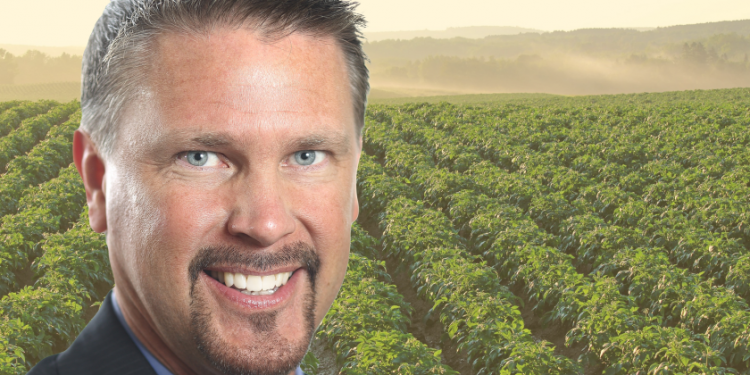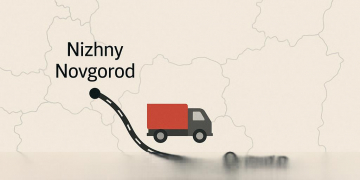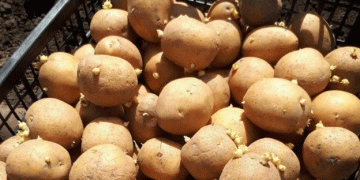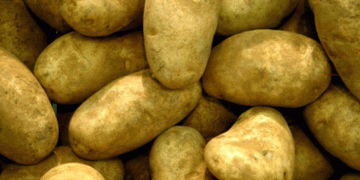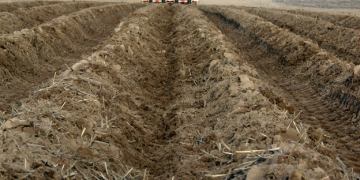2021 is a new year for potato growers, and that’s a good thing.
“Most growers are pretty happy to have last year behind them,” said Mark Klompien, president and CEO of the United Potato Growers of America. Challenges of the COVID-10 pandemic for growers included the ups and downs of the demand side of the equation, both in the fresh and processed sectors.

For 2021, Klompien said the industry is optimistic for a good year, both in terms of quality as well as favorable pricing. Overall potato acreage in the U.S. is expected to be slightly bigger this year, mainly driven by the processing market. The fresh potato sector’s acreage is expected to be flat to slightly lower for 2021, he said.
“Certainly, our view (of) the crop is that in most major potato growing areas of the country, (the crop) went into the ground in good shape, and it is still in good shape,” Klompien said. Recent challenges include high temperatures and the lack of moisture in some regions. A string of 90- and 100-plus-degree days hit Idaho, Washington, Oregon and other Western growing regions in June.
Parts of the West hit temperatures above 115 degrees, he said.
“That’s a big challenge, especially with maintaining watering schedules,” he said.
Drought conditions in Colorado, affecting surface water allotments, appear to have cut acreage in Colorado’s San Luis Valley as much as 5%, he said. Red River Valley potato growers have suffered dry conditions, but growers are managing so far with the drought, Klompien said. More rain is needed in that region by early to mid-July to help make that crop, he said in early June.
In general, Klompien said U.S. potato growers have been shifting into more yellow potatoes and less red potatoes over the past few years. “We’re definitely seeing that shift continue in the Red River Valley and also in central Minnesota, Wisconsin, and even Idaho and Colorado to some extent,” he said.
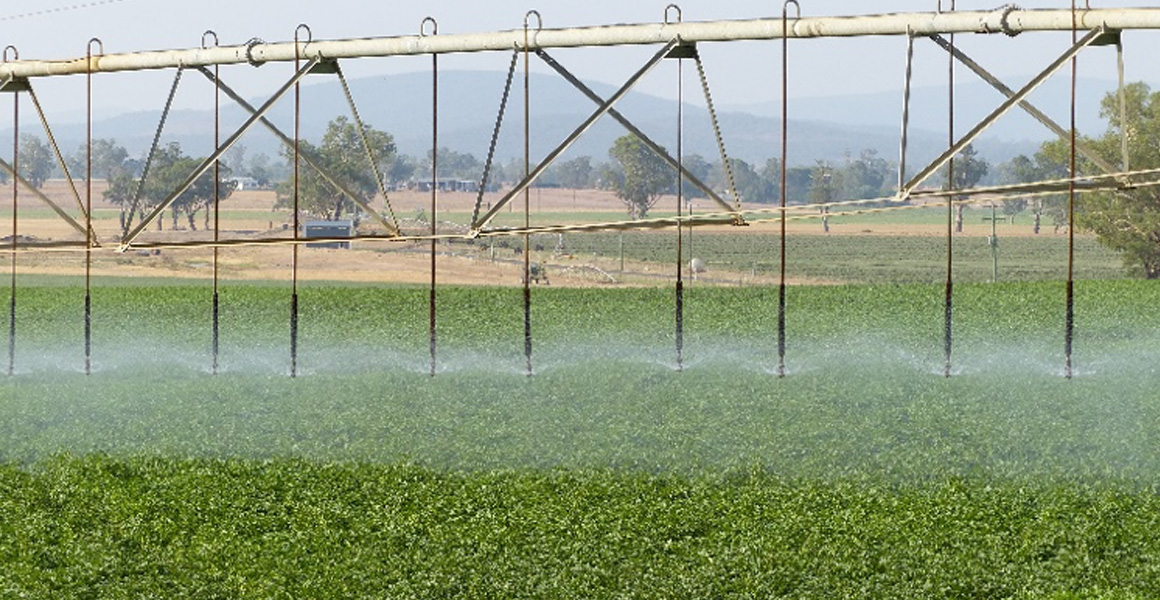
Better days
Processing contracts were not at prices that growers were hoping for in 2021, especially considering the inflationary environment for growers, Klompien said. Rising costs for fuel, fertilizer and tight labor are stressing growers, he said. However, they are optimistic that 2022 processing contract prices will be more in line with rising costs, he said.
